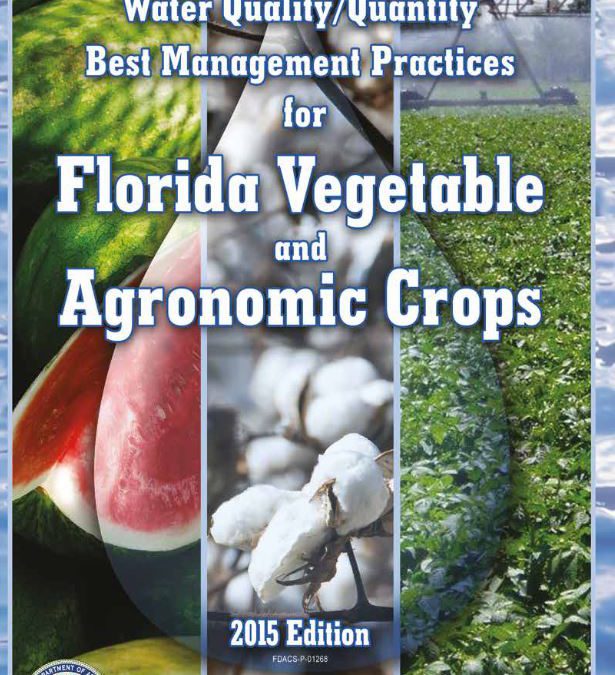
by external | Mar 5, 2021
Dr. Michael Dukes, UF/IFAS Center for Land Use Efficiency Director – Since Senate Bill 712 (SB 712) was signed into law July 2020 there have been many questions about requirements and implementation. We have worked closely with the Florida Department of...
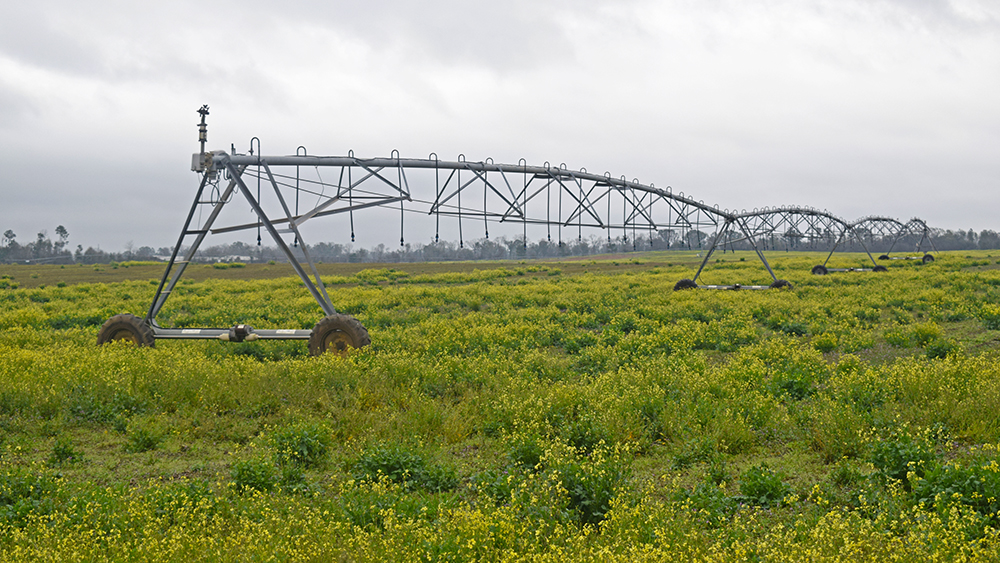
by Doug Mayo | Feb 19, 2021
– Cashing in on Cover Crops The University of Georgia recently released a well written publication, UGA Baleage Production and Use that discusses key recommendations for success, as well as advantages and challenges of baleage as compared to dry hay production. ...
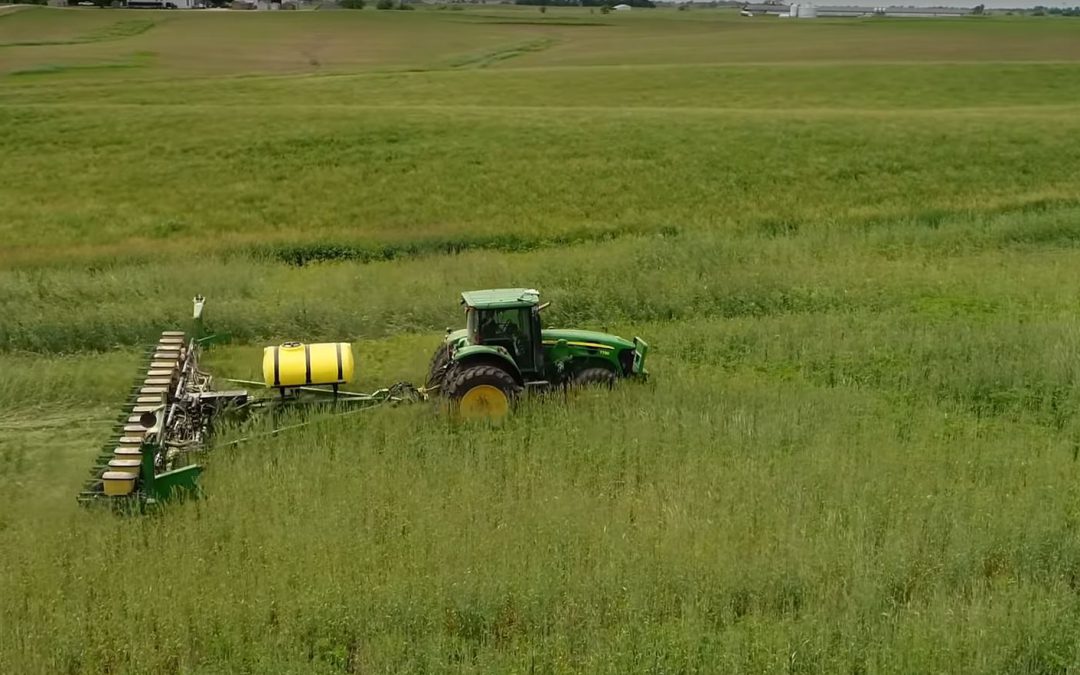
by Doug Mayo | Feb 19, 2021
This week’s featured video is actually the trailer for a documentary that was published by the Practical Farmers of Iowa. Livestock on the Land is a concept not that different that the Sod-Based Rotation efforts that researchers at the University of Florida...
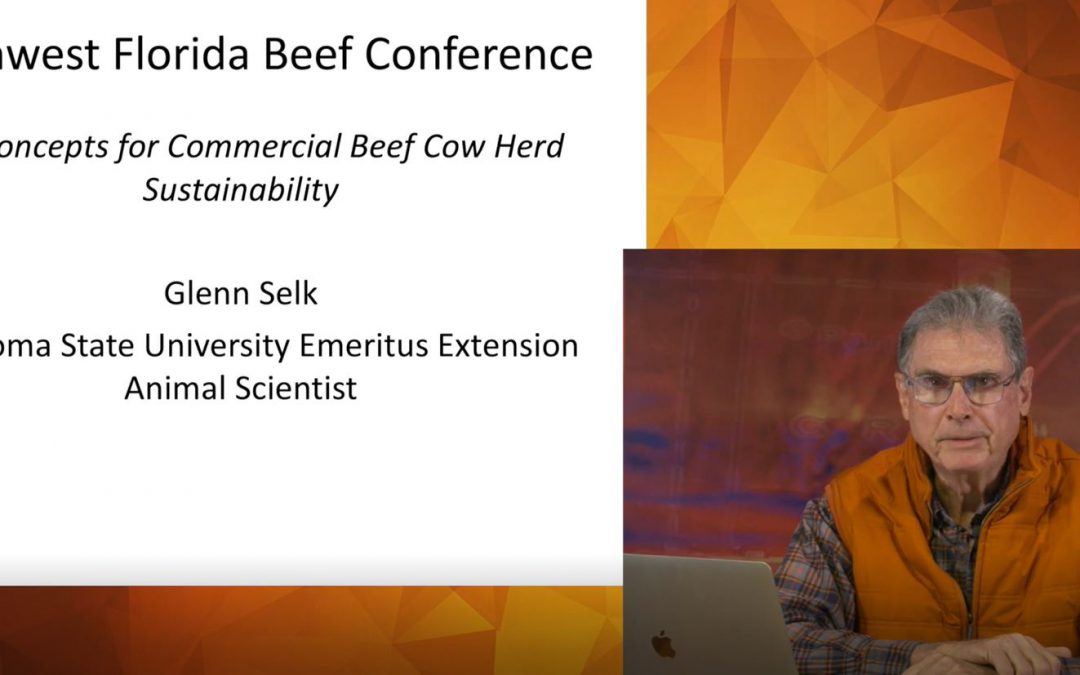
by Doug Mayo | Feb 12, 2021
– In addition to COVID19 safety precautions, one of the real advantages of a virtual meeting is that it is very easy to record the presentations to share after the live event is over. A resource web page has been developed to share video recordings of the...
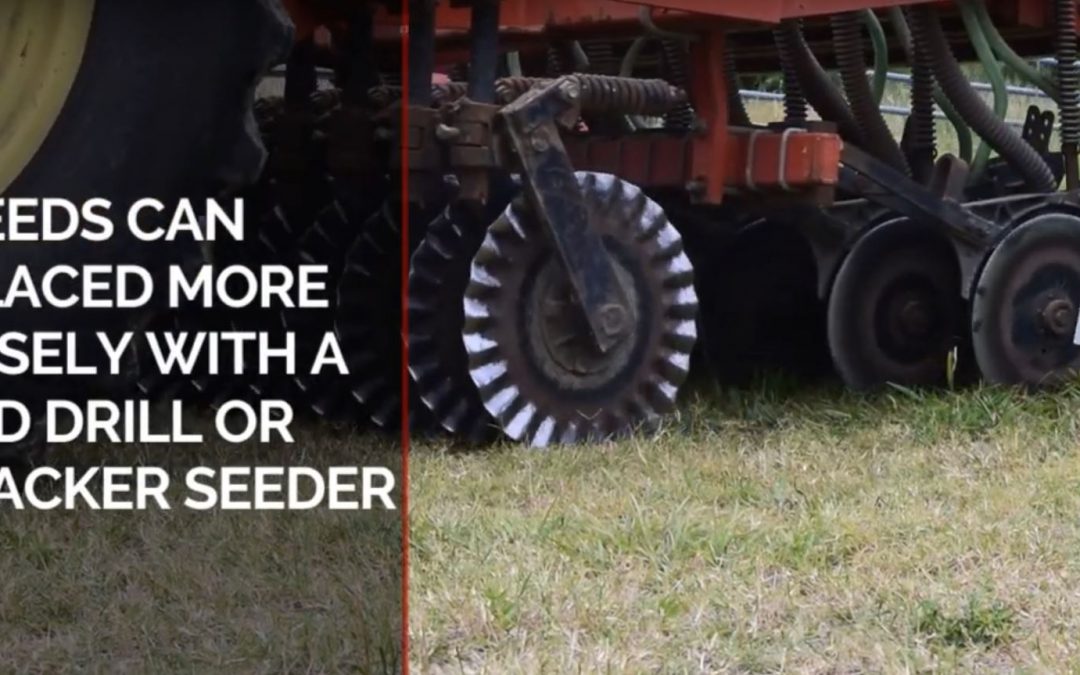
by Doug Mayo | Feb 12, 2021
This week’s featured video was published by Dr. Lisa Baxter, UGA Forage Extension Specialist, on the UGA Forages YouTube Channel. In the video, Dr. Baxter talks about the economic value of using a grain drill versus a cone-type broadcast seeder. Seed costs can...
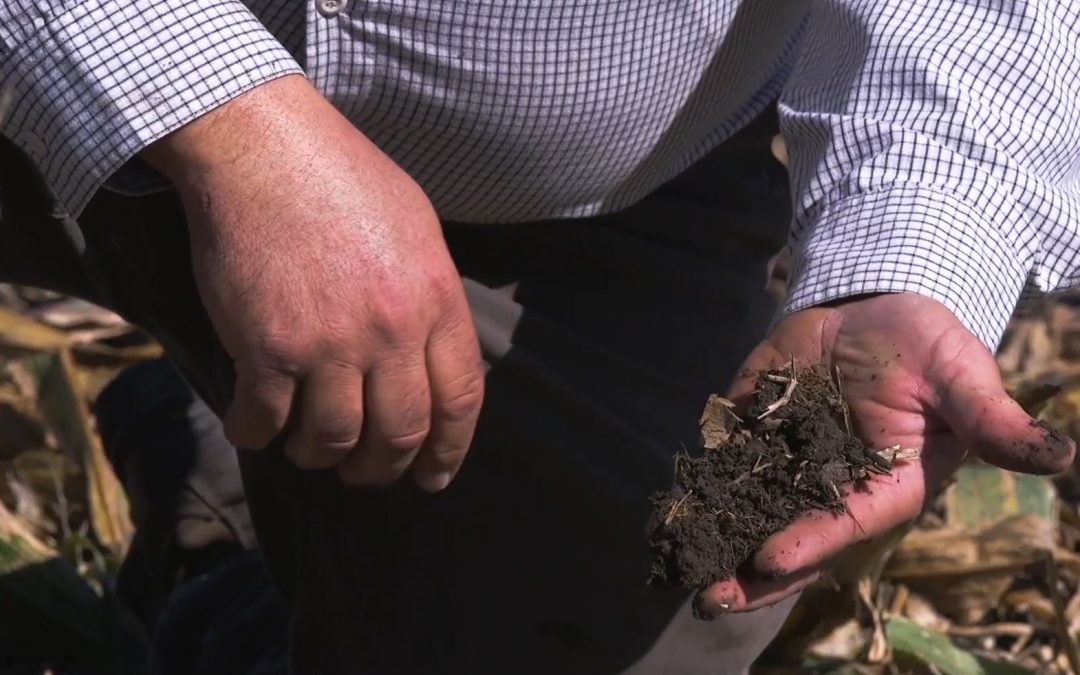
by Doug Mayo | Feb 5, 2021
This week’s featured video was published by the Soil Health Institute to share the huge need to focus on improving the health and productivity of agricultural soils. With an ever growing world population, and shrinking acreage of productive farmland, the only...







